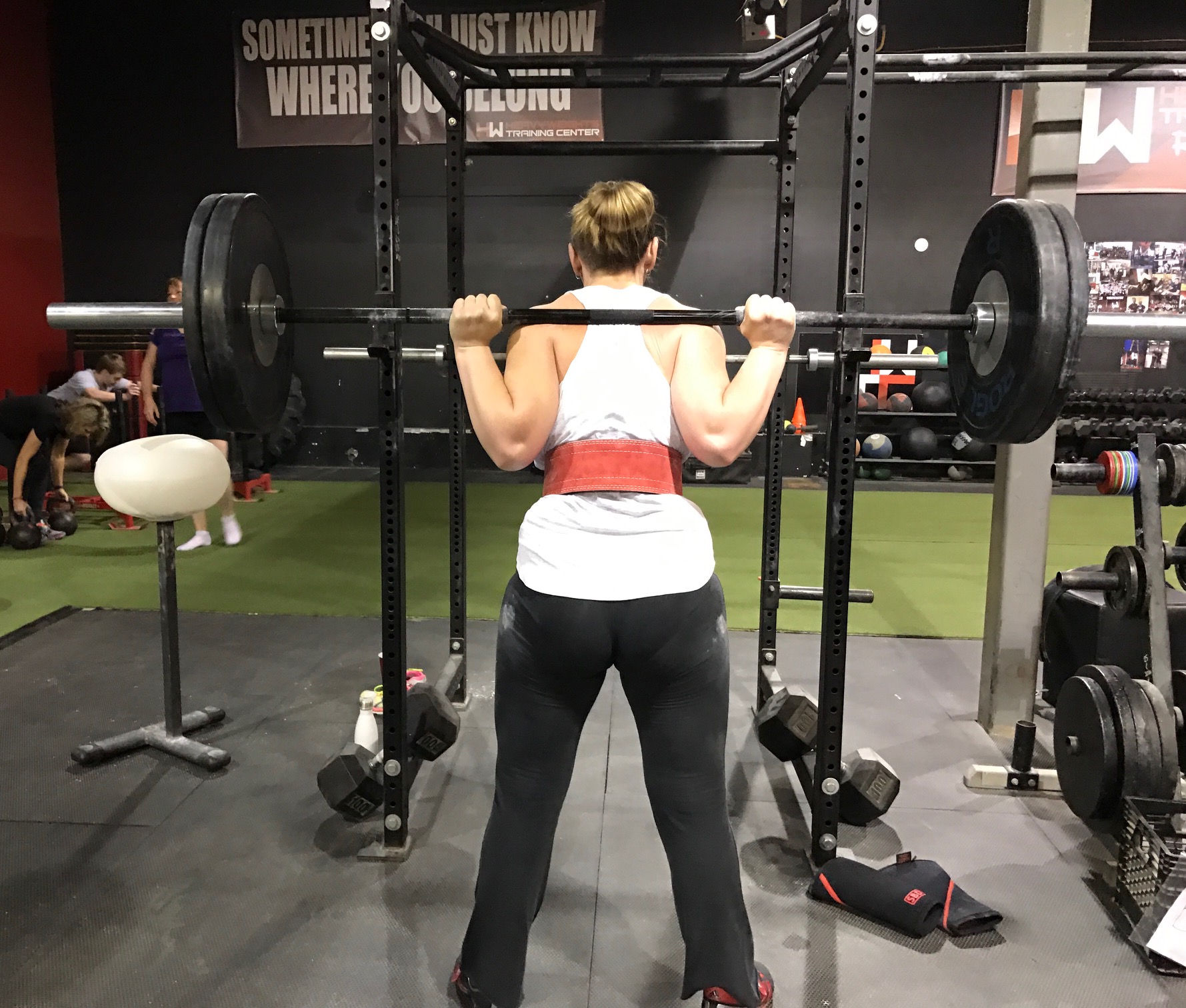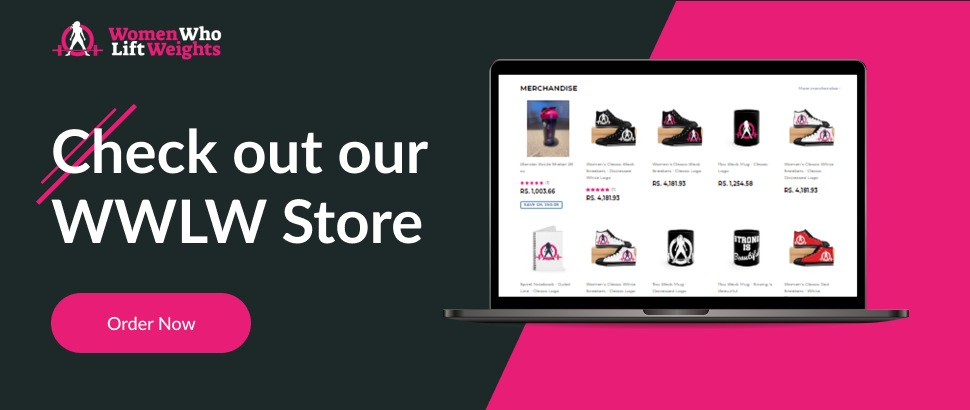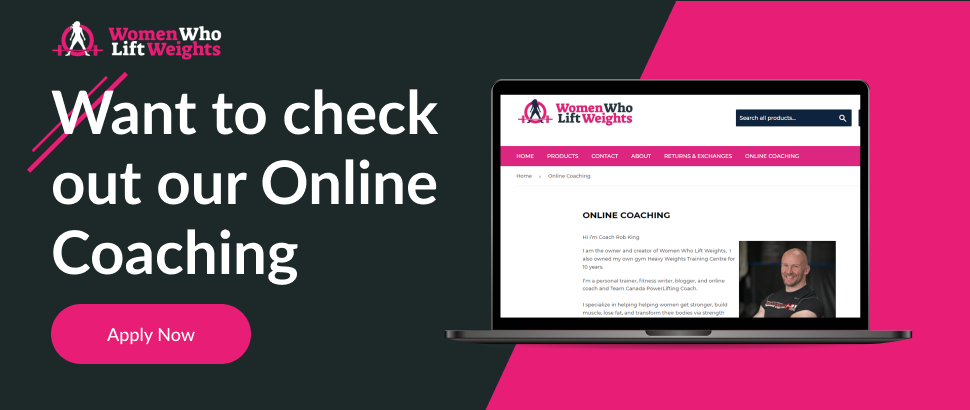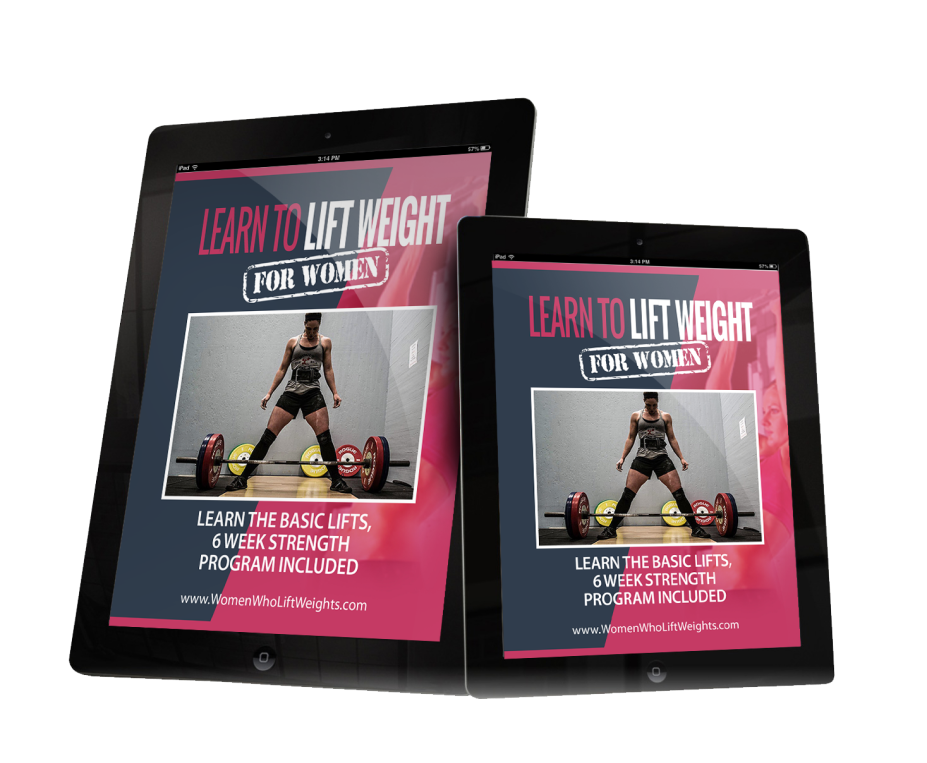Should Women Wear A Belt When Squatting & Deadlifting?
Should Women Wear A Belt When Squatting & Deadlifting?
After almost 20 years of my own training and coaching for about 15 years my view of using a belt over time has changed dramatically.
I threw out this post on my facebook page to get feedback on if people use a belt or not and saw a few questions on “should I wear a belt” so I thought I would answer this question.
Keep in mind this is my opinion, other experts may say different, which is great, I think things are very individual to each person but I can only speak from my experiences coaching, my injuries, and my knowledge and history.
To Belt Or Not To Belt, That Is The Question.
Many years ago I hurt my back terribly doing a heavy sumo deadlift WITHOUT wearing a belt. Now my deadlift technique was not the best, I knew how to lift pretty good, but my ego got the better of me and a deadlift is a lift where you need to leave your ego at the door.
At the time in my training my goal was to use NO training equipment.
I wanted my body as strong as possible without training gear. I used no belts, no straps on deads, no wrist supports, nothing. It was VERY seldom did I gear up. I wanted to be as strong as possible and let my body adjust and build strength as needed.
Then I got hurt, badly.
Now a few lessons learned from my back injury and not wearing a belt. I don’t blame not having the belt but I DO blame a few things.
1. Not training my core, I had no concept of bracing and my core work was a few sit ups while I looked at the girls on the stairmasters (this was back at the old YMCA days)
2. I did no direct GLUTE work. Yes I didn’t train my butt. Funny how most guys don’t train their glutes yet it’s the biggest muscle in the body.
3. I didn’t spend time working on mobility and soft tissue work. This is important for long term joint health and reducing injuries.
Back to should you wear a belt.
I don’t think me not using a belt caused the injury BUT it definitely didn’t help.
Lesson learned.
In the last 6 years I have been on a mission to rebuild my body from the ground up. After many years of abuse and injuries I have been trying to fix my body and on of the big things for this is CORE strength. If your core is weak sooner or later your back is going to get hurt.
I have gone from busted and hurt to being able to compete in PowerLifting, competing for Team Canada PowerLifting three times, setting 2 records and also winning two medals at World Championships.
Do I wear a belt now?
You bet I do!
I won’t train heavy without it.
It’s important to train with and without a belt. It’s doing it right that matters most.
Keep reading.

One of the best seminars I attended was a two day lower back seminar with Dr. Stu McGill in Arizona.
His advice from his book “Ultimate Back Fitness & Performance” says the following.
• Those who have never had a previous back injury appear to have no additional protective benefit from wearing a belt.
• Those who are injured while wearing a belt seem to risk a more severe injury.
• Belts appear to give people the perception they can lift more and may in fact enable them to lift more.
• Belts appear to increase intra-abdominal pressure and blood pressure.
• Belts appear to change the lifting styles of some people to either decrease the loads on the spine or increase the loads on the spine
“Given the assets and liabilities of belt wearing, I do not recommend them for healthy individuals in routine work or exercise participation. The exception to this recommendation is for extreme lifting. Here, belts are not used to enhance health but instead to lift more weight.”

Here Are 5 Tips On When To Wear Belt In Your Training
1. Only Use It On Squats & Deadlifts.
Ever see people at the gym wearing a belt for every exercise they do? Don’t be that person :).
I only like to use a belt on squats and deads. Sometimes on bench press because when I go heavy it hurts my back a bit and I find the belt helps me keep things tight. I sometimes wear it when doing heavy over head pressing. That is about it.
2. Only Use It When You Get To Weights That Are Pretty Heavy In The 1-5 Rep Range.
I don’t use a belt on my warm ups, I try to use my own bracing and get a feel for how my body is doing. Some days feel great, some days I ache, so I don’t like to belt up on my warm ups. This lets me be a bit more in tune with my body. Once I go heavier I always use a belt now. At almost 40 with a herniated disc and 3 bulging discs I am back competitively powerlifting. I am very ok with using a belt if I stay stronger and healthy.
3. Develop A Strong Core Without A Belt
Make weighted carries your friend. Single Arm Suitcase Carries, Farmers Carries, Double Rack Carries are great exercises you can do daily in your training. Learn to BRACE and learn to BREATH BEHIND A BRACE. This is key for long term core health and injury prevention.
3. Know When To Use A Belt
With my back injury I have learned that I can’t train really heavy on basics without it. Once I get about 80% of my 1 RM I always belt up. For people without a lower back injury they can maybe train higher percentages beltless and it works for them. For me it hurts me. I get my core and accessory workout outside of squats and deads to hit my core and glutes. Better safe than sorry for me.
As well it’s important to know YOUR BODY. When it works for you, when you start to feel it then belt up. There is nothing wrong with using a belt when you get heavy, it’s a smart decision.
The best way to deal with an injury is not get one.
Train hard, train smart.

If you are looking for a quality belt grab a good one from Rogue Fitness Equipment.
If you enjoyed this blog post please like and share.
Thanks.
Coach Rob

Rob King is a Competitive PowerLifter, Coach and Writer.







